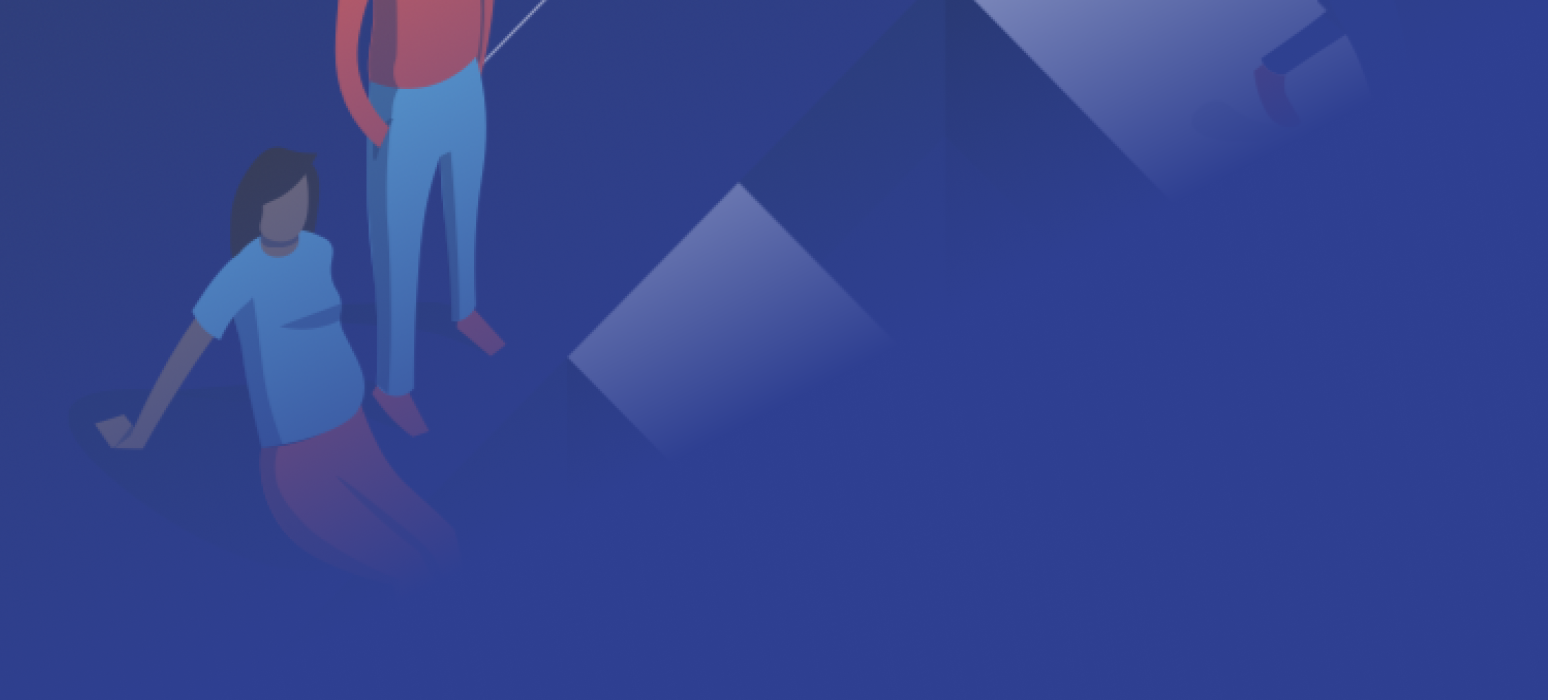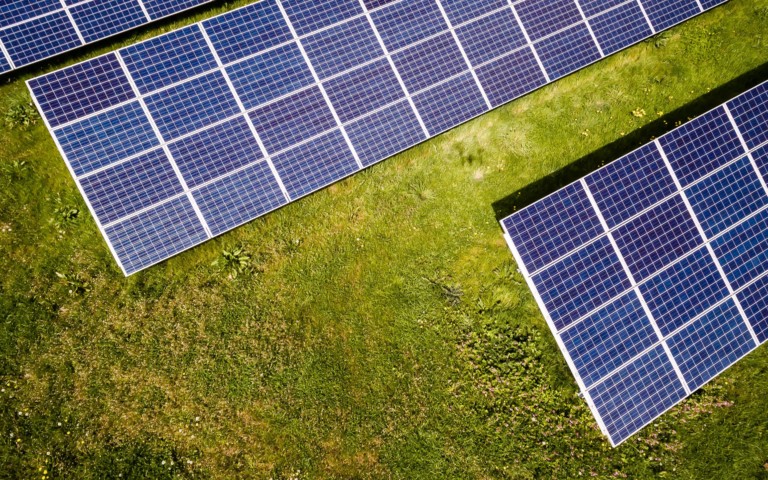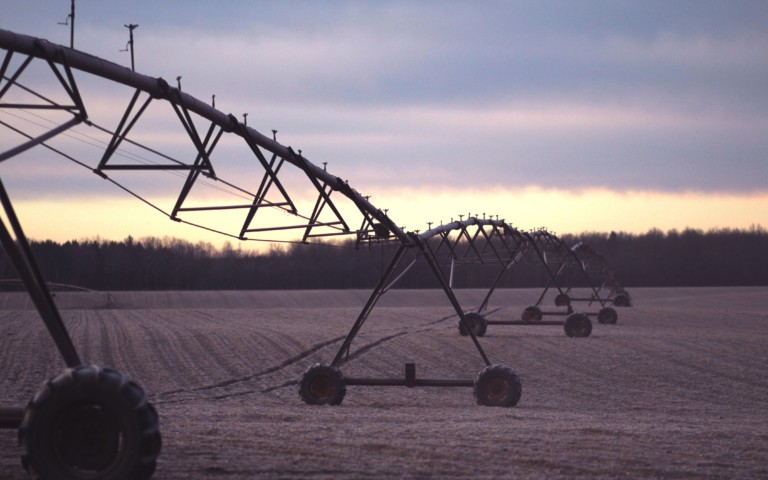One positive outcome of our current situation, is probably a greater awareness of the importance of the places in which we live. For three areas in Wales, this reconnection started back in summer 2018 when Friends Provident Foundation grantholder, The Green Valleys (Wales) CIC, began Project Skyline.
The aim of three feasibility studies in the Welsh Valleys – Trehebert in Rhondda Cynon Taf; Caerau in Bridgend; and Ynysowen in Merthyr Tydfil – was to pass control of large tracts of public land through long-term leases to local people, giving “communities a connection to landscape that can provide income, jobs, a place of social and cultural activity, and a home for nature”.
Inspired by, and building on the success of, nearly 600 community land and building ownership initiatives in Scotland, Project Skyline has begun to show how local people can both generate livelihoods and wellbeing, whilst also stewarding the environment at scale over the long-term.
The three projects asked four questions:
- Do communities want to be stewards of their landscape?
- Are there sustainable business models that would allow communities to break free from a culture of grant dependency?
- Is it possible for communities to manage the landscape in a way that benefits nature?
- Can these landscape-scale projects be governed well?
All these challenges had positive answers. The final report summarises each area’s plans, and shows the journey travelled to create these visions.
Trehebert has already secured funding from the Welsh Government’s Foundational Economy Challenge Fund and is moving forward. With support from ecologists, legal experts and others, their proposed future includes local businesses and jobs from timber processing, and hydro-electric; a forest school, and ways for people to interact with the landscape to improve health and wellbeing. This transformation could make a great difference. The demise of the coalfields left a legacy of joblessness and under-employment; low incomes, skills and education; poor overall health; and reduced life expectancy. Periodic attempts to regenerate these areas have not significantly changed this situation.
Whilst different places across the UK have different histories and land ownership, one barrier to creating an economy and environment that works for everyone, is a lack of control and collective decision-making over local assets and resources. Whilst Project Skyline involves community stewardship of public land, in other areas, the challenge may be distant ownership by one of the small number of largescale private landowners.
In the UK, we have both an intuitive relationship with the land, but also a curious acceptance of its current concentrated ownership. When the Cameron Government wanted to privatise The Forestry Commission ten years ago, there was an almost visceral opposition. It was as though ‘our’ land and identity was being violated, surprising the Government and resulting in a fast U-turn. And yet there has been no real discussion about land ownership and control except in Scotland.
Back in 2003, the Land Reform Scotland Act 2003 which enabled community ownership land previously held by only a few private landowners. In the rest of the UK, there has been support for the less radical Community Right to Bid for the running of usually publicly-owned assets, with enabling legislation. A Manifesto commitment by the current Government will further support this shift through a proposed £150m Community Ownership Fund.
Chris Blake, a founding director of Green Valley (Wales) CIC and catalyst for Project Skyline wants to see this go much further. He believes that similar approaches to that of Project Skyline, “could be used in areas with multiple land owners, or non-rural areas such as market or seaside towns”. The success of Coin Street Community Builders on land gifted from the Greater London Council, for example, also shows the potential in city centres, preserving mixed housing and amenities would otherwise have become gentrified and unaffordable long ago.
But like some residents in Trehebert, you might initially be sceptical. Several older people had seen attempts to change the area repeatedly fail. So Project Skyline used interesting approaches to build community trust and confidence. For example, artists helped people re-remember the past and re-imagine the future.
But having ideas is not enough. A group of the people involved in the feasibility studies went to Scotland to see first-hand how communities can successfully take control of their land. Seeing something similar working can remove doubts and inspire action.
Other key lessons so far are that this process takes time, and needs a catalyst. So when you next look out of your window, or reflect in those precious walks around your local area, have a think about what could be different if you and your neighbours owned or stewarded your land? And how could you make that happen?







